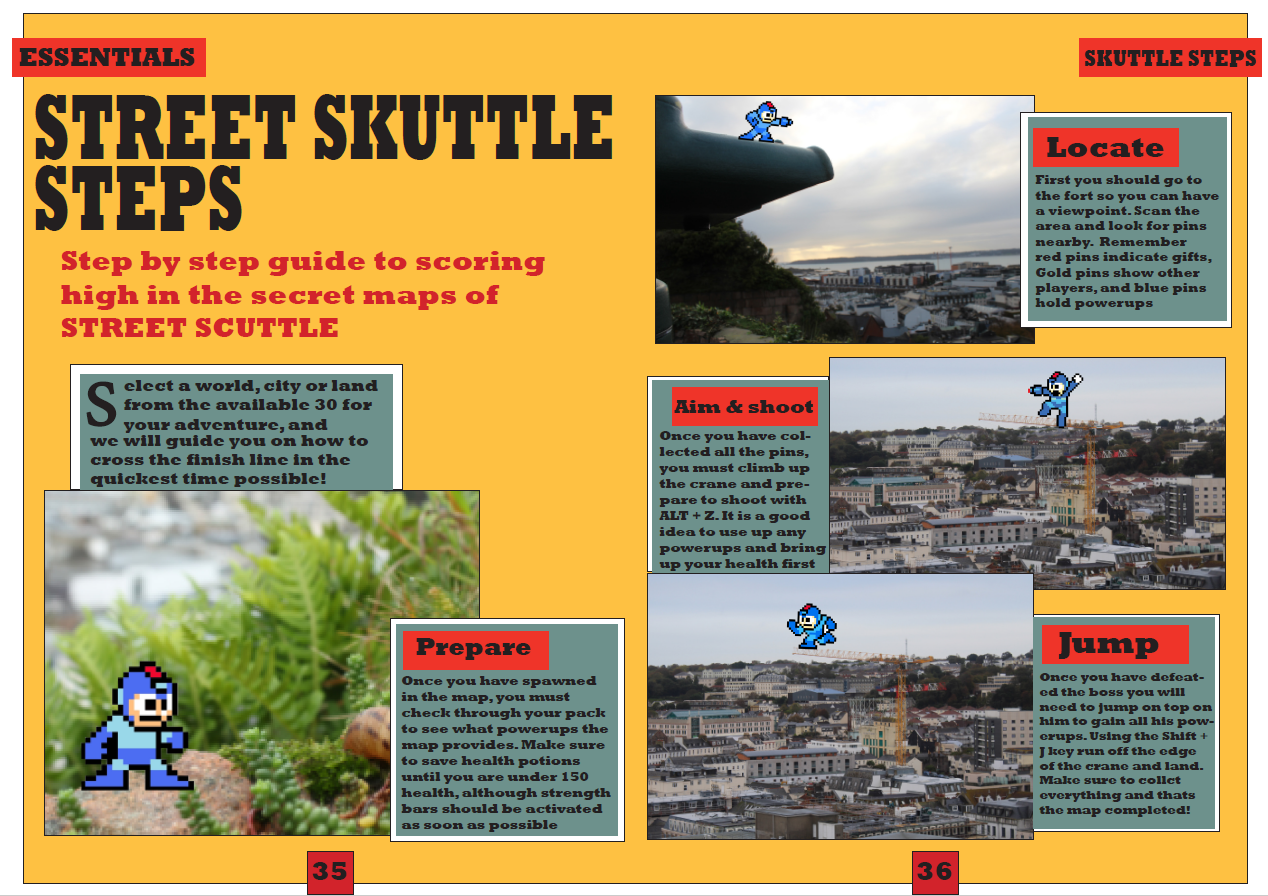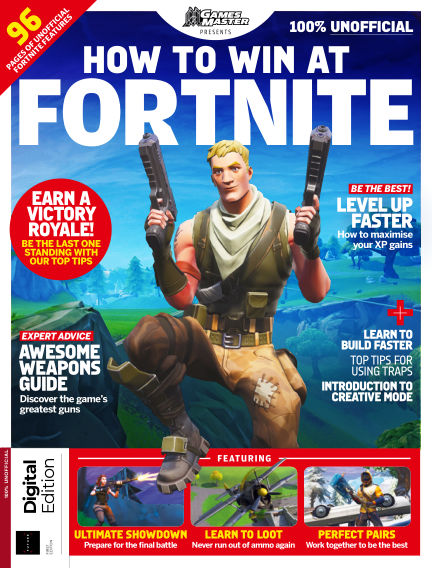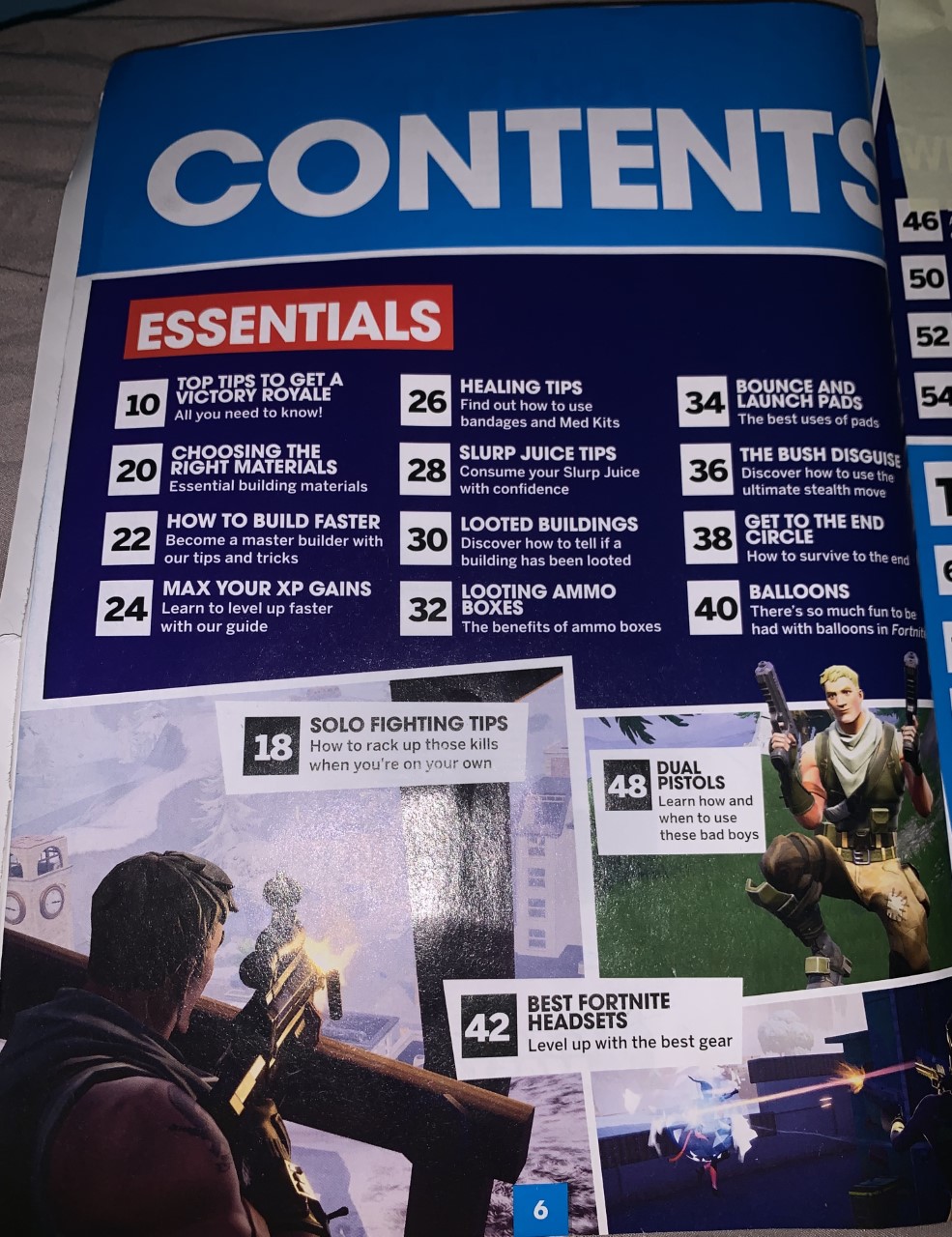In this essay I am going to compare the representation of gender in both ‘Men’s Health’ magazine and tomb Raider video game cover, focussing on semiotics and print language, and how the these media examples portray gender and it’s effect on their target audience. I will define the societal idea of gender, and argue the negative connotations of these cover characters, and how they reinforce and challenge social ideologies.
Firstly we must understand the definition of gender to be able to pick apart how it is represented in media. The Oxford definition of gender is ‘that gender tends to denote the social and cultural role of each sex within a given society’. This states that there are only 2 genders, male and female, however in today’s world the idea of a much more fluid perspective on gender is beginning to be accepted across cultures, separating society from the set ‘norm’ and allowing people to break free from their constructed identity. It’s argued that media now allows people to create and display their own identity in a way where they are free to explore their own identity, and although this is true it can unsafe as gender fluidity is not yet fully understood across all cultures, ideas of which are presented in Davis Gauntletts book ‘Media, Gender and Identity’. The two pieces of media that will be discussed during this essay both portray mostly strong stereotypical aspects of the male and female gender, with Lara Croft displayed in small, skin exposing clothing and a dramatic sexualised figure, and vin diesel on the men’s health cover promoting a specific strong, fit healthy male body type with drastic weight loss tips.
For the gaming cover of Tomb Raider, the protagonist Lara Croft is places in the centre of the cover, illuminated by a golden treasure piece. This along with the strategically placed text in the middle area is designed to highlight Lara’s emphasised cleavage and butt, visibly outlining her figure and drawing immediate attention. This mise-en-scene following the rule of thirds structures the cover in a carefully placed place to create space for judgement at Lara Croft. This is further emphasised by the characters tight short clothing, exposing much of her mid-rift and legs, and also how she is in a structured position that provides for a clear sexualised silhouette of her body, as the dark clothes against the golden light provide. As displayed on the back page of the game cover slip, in the game the view is from third person which places the player being Lara as she goes through the game. This means that Lara’s butt is placed centre screen and is followed by the player throughout the entire game. In an online video clip by the ‘Feminist Frequency’ they discuss how this small detail is unknowingly extremely gendered, and when comparing video games with female and male characters, they reveal however the females characters always have their behinds visibly shown in the centre, often in right clothing, whereas game designers of the male characters often give an idea of selective representation by having the character viewed above the waist, or have strategically placed cloths and capes, that make it nearly impossible to see their behinds. This careful audience positioning exudes an outlook message to the predominantly younger target teenage audience that it is okay to objectify woman as in video games they are displayed so obviously as a dramatically sexualised being. The game began to challenge gender representation by choosing a female character for the only and main character in a video game, and with a mother daughter plot line, especially when at the time it was hugely predominantly male characters, meaning she was a radical character choice. The fact that she is holding weaponry is also a radical idea as the male gender is more associated with weaponry and violence. However their choice in her design was also reactionary as the designers created her in a way where they were still able to appeal to the dominant ideology, for sales of the game, resulting in her becoming a ‘cyber-sex symbol’. This connotes to the idea that woman should be sexualised and used, according to the Kanz, Gurevitch and Haas media of preference for satisfying needs, this sexualisation and provides the idea that woman need to be sexual and under dressed, with slim bodies and big sexual features, that trough game characters are there for the escapism of the audience. The streaming of these characters through the media can create a negative portrayal of gender representation towards young female audiences as well, as it tells younger woman to aspire to be desirable to men, by being skinny and wearing little clothing; which can easily encourage unhealthy routines including unbalanced diets and expensive precludes, that can create side effects of depression, eating disorders and other health issues.
In the ‘Men’s health’ cover, the iconic sign of Vin Diesel as the cover image also quickly portrays the gender-orientated body image expectations that are put on men. He is placed in the centre of the cover and idolised for his muscular, strong body, accompanied by his publicised fitness routines and diets. Vin diesel is surrounded by plugs which all encourage a fit lifestyle such as ‘Blast body fat’ and ‘Lose 8kgs fast!’. These majorly display society’s idea on men that they must be physically strong and can’t slack otherwise they will lose their ‘masculine qualitys’. Plugs such a ‘double metabolism’ and ‘8kgs fast!’ promote quick ways to get an ‘attractive’ toned body, but they are actually promoting an obsessively unhealthy lifestyle as by doing both of these things you would be harming the natural pace of your body. This displays to the audience an idea that men should do as much as they possibly can to achieve a look similar to Vin Diesels, contrary to whether it is actually healthy for your body or not. However one plug on the cover which exerts a radical idea is the one that reads ‘#slaywinterblues why socials going mental’ which advertises for a page inside the magazine that focuses on mental health which is not often spoke in relation to men, promoting the idea that help should also be given to ensure that men are mentally healthy as well as physically. More evidence of radical ideology from this media example is on one of the example magazine pages that show an old man doing exercise. This helps to make readers aware that there is more to physical health than a six-pack, and that health and fitness should b continued into your older years, but perhaps at a less extreme level. Companies such as DOVE with their Real Beauty campaign are challenging another part of media representation with the phot editing industry, and through their advertisements they represent a variety of woman of all shapes, sizes, races and religions, to show that there is no one kind of ‘right look’ and that the majority, possibly all, celebs and image media is photoshopped, so the ideas that are pitched to younger audiences aren’t even achieved in the first place. Campaigns like this are beginning to change the way gender is represented in the media, and help to show to society that as a woman you don’t need to be thin, but have an hourglass figure or be hyper-sexualised, and as men it is not all about being big and muscular.
To conclude, gender representation in media still contains many reactionary ideas, but slowly more and more radical choices are being made in a variety of different ways across a spread of media forms which are helping to widen the set ideas society has for genders. Also with the fluidity of gender coking into light through celebrity exposure and other articles, the closed expectations of female and male gender is being opened to reveal a comfortable fluidity where each person is able to identify, understand and cultivate their own identity, and through media are able to display themselves to the world as they would like.









